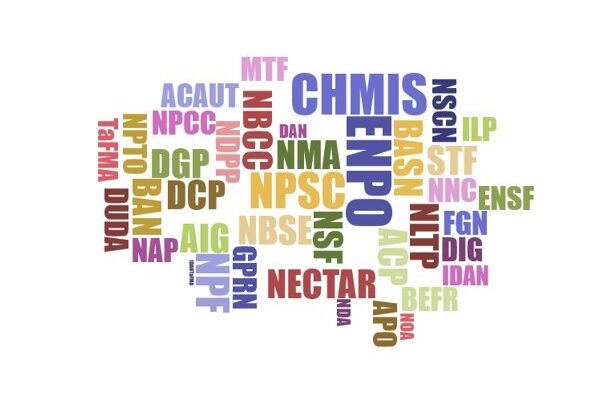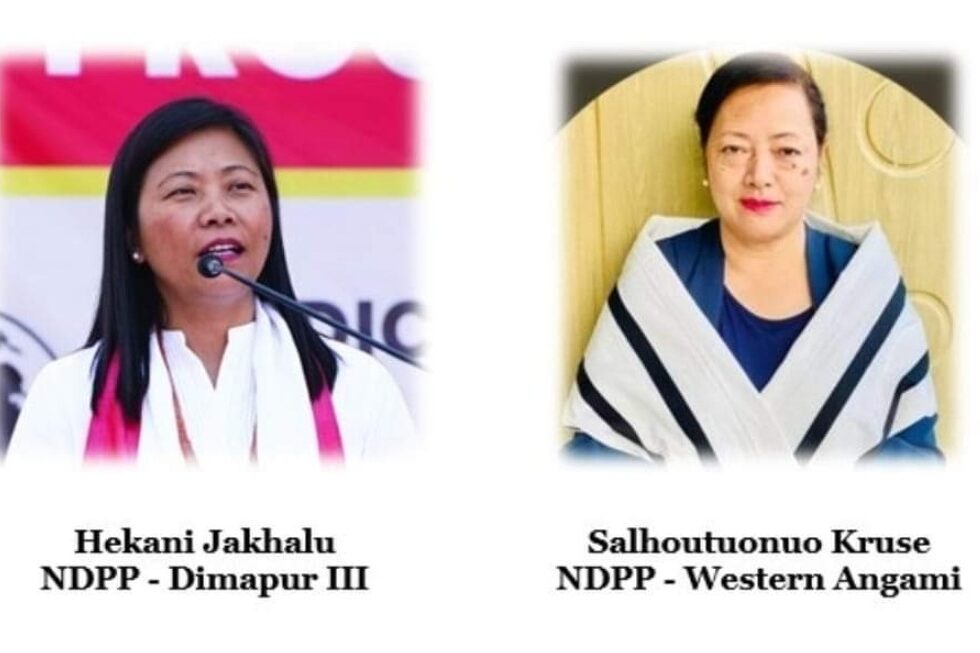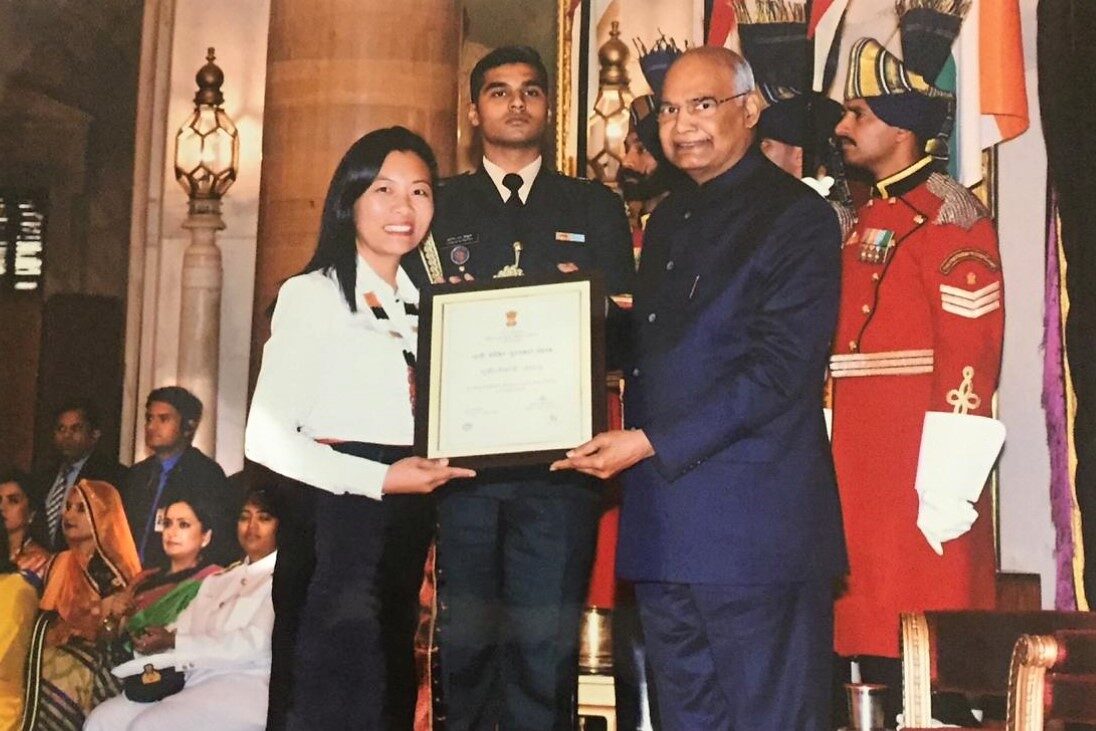Important Events in Naga History (1963 – 2000)
1963: Nagaland Nationalist Organisation formed
- Nagaland Nationalist Organisation was a political party in Nagaland, India. It formed the government in Nagaland from 1964 to 1974.
- Chief Ministers under NNO includes:
- P. Shilu Ao (Impur Constituency) – 1 December 1963 14 August 1966
- T. N. Angami (Western Angami Constituency) – 14 August 1966 22 February 1969
- Hokishe Sema (Akuluto Constituency) – 22 February 1969 26 February 1974
- In 1976, NNO merged with the Indian National Congress and it dissolved.
1964, Jan 10: First General Election held in Nagaland after the creation of the State.
- The first elections to the Nagaland Legislative Assembly were held in January 1964 to elect members of the 40 constituencies in Nagaland.
- There were no political parties registered and so all the candidates fought as Independents.
- P. Shilu Ao was appointed as the first Chief Minister of Nagaland.
1964, April: Formation of Nagaland Peace Mission by NBCC in Wokha
- The Nagaland Peace Mission was formed by the Nagaland Baptist Church Council to restore peace in the state.
- he Nagaland Peace Mission comprised of former Assam Chief Minister, Bimala Prasad Chaliha, veteran freedom fighter Jayaprakash Narayan and a prominent clergyman from England, Rev. Michael Scott.
- NBCC played a role in peaceful settlement between the NNC and the Government of India.
1964, September 6 : Cease-Fire Agreement signed between the NNC and Government of India
- Cease-Fire Agreement with the Federal Government of Nagaland was signed on May 24, 1964 at Sakraba in Chakhesang Region and came into effect on 6th September 1964.
- Jawaharlal Nehru passed away on 27th May 1964 which slowed down the bilateral talks.
1965, April 7: Formation of Eastern Naga Revolutionary Council (ENRC)
- Eastern Nagas formed the Eastern Naga Revolutionary Council (ENRC) on 7th April 1965 at Somra, a Tangkhul Naga village in Burma under the leadership of to defend their sovereignty against the Burmese aggressors.
1965: Nagaland Public Service Commission (NPSC) established.
1968, August 31 : GoI declares NNC / FGN as “Unlawful Association”
- The government of India declared that the NNC, the Federal Government of Nagaland and its Army (the Federal Army) were “unlawful associations” under the unlawful activities (prevention) Act, no. 37 of 1967.
- The Government of India banned the NNC in 1972 under the Unlawful Activities (Prevention) Act of 1967 and launched a massive counter-insurgency operation.
1969: Prime Minister of India, Smti. Indira Gandhi visit Nagaland.
1969: 2nd General Elections – NNO comes to power under Hokishe Sema.
- Elections to the Nagaland Legislative Assembly were held in February 1969 to elect members of the 40 constituencies in Nagaland.
- Nagaland Nationalist Organisation won and Hokishe Sema was appointed as the Chief Minister of Nagaland.
1971: First census in Nagaland after statehood.
1972, 21 January: Formation of Union Territory of Arunachal Pradesh
- The remaining North-East Frontier Agency became the Union Territory of Arunachal Pradesh.
- Its administrative headquarters was Shillong (until 1974, when it was transferred to Itanagar). It got the status of State on 20th February, 1987.

1972: Billy Graham Crusade in Nagaland (Nov).
1973: Formation of Wokha, Zunheboto, Mon and Phek districts:
- From 1963 – 1973, there were only three districts in Nagaland – Kohima, Mokokchung and Tuensang.
- Wokha & Zunheboto districts were formed from Kohima; Mon district from Tuensang; Phek district from Kohima.
1974: Third General Elections in Nagaland – Vizol became Chief Minister of Nagaland
- Elections to the Nagaland Legislative Assembly were held in February 1974 to elect members of the 60 constituencies in Nagaland.
- United Democratic Front won the most number of seats and Vizol Koso was appointed as the Chief Minister of Nagaland.
1975 — 1977 : First President Rule imposed in Nagaland
1975, November 11 : Shillong Accord signed between NNC and Govt. of India
- Shillong Accord was signed on 11 November 1975 between the Government of India and the NNC Federal Government Representative along with agreement to give up arms.
- Supposed to be a “solution” to the “Naga Problem”, but elements within the NNC were divided over the Shillong Agreement and the acceptance of the Indian Constitution. Soon afterwards, Isak Swu and Muivah denounced the Accord as ‘treason’ and the signatories representing the NNC-Federal Government were proclaimed traitors.
1976: Nagaland State joined North Eastern Council.
1976: Naga People’s Movement formed.
1976: State Vigilance Commission formed.
1977: 4th General Elections – Naga National Democratic Party (NNDP) comes to power under Vizol.
- Held in November 1977 to elect members of the 60 constituencies in Nagaland.
- United Democratic Front won the majority of seats and Vizol Koso was appointed as the Chief Minister of Nagaland for his second term
1978, September 9 : The Naga People’s Movement for Human Rights (NPMHR) is formed.
1979, March 10: Eastern Naga Revolutionary Council (ENRC) merged with the Naga National Council
- Eastern Naga Revolutionary Council (ENRC) merged with the Naga National Council on 10th March 1979 led by its President Eno S.S. Khaplang.
1980, January 31 : Formation of National Socialist Council of Nagaland (NSCN) by Isak Swu, Muivah and SS Khaplang
- The Nationalist Socialist Council of Nagaland (NSCN) was established by former members of the NNC lead by Thuingaleng Muivah, Isak Chishi Swu and S.S.Khaplang (a Hemi Naga from Myanmar), who did not accept the Shillong Accord.
- The main goal of the organisation is to establish a sovereign Naga state, “Nagalim“, which would consist of all the areas inhabited by the Naga people in Northeast India and Northwest Myanmar. According to the NSCN manifesto, their slogan is “Nagaland for Christ“.
1982: 5th General Elections – Congress comes to power headed by SC Jamir.
- Held in November 1982 to elect members of the 60 constituencies in Nagaland. The United Democratic Front—Progressive alliance, led by the Indian National Congress won the most seats and S. C. Jamir was appointed as the Chief Minister of Nagaland for his second term.
- SC Jamir also previously held the post of Chief Minister from 18-Apr-1980 to 05-Jun-1980.
1984: Naga Mothers Association formed.
1986, March 20: Two students killed during protests – NSF Martyrs Day
- On March 20, 1986, thousands of students came forward to extend their solidarity to the NSF to protest against the extension of the Disturbed Area Act (DAA) from the 5 km belt to 20 km along the Indo-Burma border and the introduction of Indian Police Service cadre in Nagaland.
- Two students Kekuojalie Sachü and Vikhozo Yhoshü were killed in indiscriminate firing by Nagaland Police.
- In commemoration of the incident, the day is observed as NSF Martyrs’ Day and NSF Martyrs Memorial Trophy is held annually.
1987: 6th General Elections in Nagaland
- The Indian National Congress won the most seats and Hokishe Sema was appointed as the Chief Minister of Nagaland.
1988, April 30: NSCN split into two factions – NSCK (IM) and NSCN (K)
- NSCN split into NSCN (IM) and NSCN (K) after a violent inter-factional clashes.
- NSCN-K group was formed by Shangwang Shangyung Khaplang and is headquartered at Taga in Myanmar.
- Thuingaleng Muivah and Issak Chisi Swu floated NSCN-IM and is presently headquartered at Hebron, Dimapur, Nagaland.
1988: Second President’s Rule in Nagaland
- Second President’s Rule in Nagaland from 07-Aug-1988 to 25-Jan-1989 (171 days ).
1988: Helicopter services started in Nagaland for the first time
- The first chopper service in the state started with Pawan Hans, which was later discontinued after a crash.
1989: 7th General Elections in Nagaland
- The Indian National Congress won a majority of seats and S. C. Jamir was appointed as the Chief Minister of Nagaland.
1989: Nagaland Liquor Total Prohibition Act (NLTP Act) Passed in the 7th Nagaland Legislative Assembly.
1990, April 30 : Death of Mr. A.Z. Phizo, the exiled NNC President in London.
1990: Split in NNC – Adino (NNC-A) and Khodao (NNC-K)
- In 1990 after death of Phizo, NNC split into NNC (A) led by Phizo’s daughter Adino and NNC (K) headed by Vice-president Khodao Yanthan.
- NNC (K) later merged with NSCN (IM)
1990, July 17 : Mr. Khodao Yanthan (from Lotha tribe) is elected the new president of the NNC (K)
1992: Third President’s Rule in Nagaland – 02-Apr-1992 to 22-Feb-1993 (326 days )
1993, January 23 : The NSCN (IM) became a member of the “Underrepresented Nations and People Organisation (UNPO)”.
1993: 8th General Elections – Congress comes to power headed by SC Jamir.
- The Indian National Congress won the most seats and S. C. Jamir was appointed as the Chief Minister of Nagaland for the third time.
1994: Naga Hoho formed at Wokha.
1994: Nagaland University established.
1995, June 15 : Prime Minister, P V Narasimha Rao met Muivah, Isak Swu and other in Paris. Series of meetings followed.
1995, November: Ministry of State (Home), Rajesh Pilot met Thuingaleng Muivah and Isak Chishi Swu in Bangkok.
1997, February 3: Prime Minister, H D Deve Gowda met Thuingaleng Muivah and Isak Chishi Swu in Zurich, Switzerland, which was followed by meetings in Bangkok and Geneva.
1997, August 1: Cease Fire Agreement between Govt. of India and NSCN (IM)
- The Government of India signed a ceasefire agreement with NSCN (IM) on July 25, 1997, which came into effect on August 1, 1997. Over 80 rounds of talks are held subsequently. (Source: South Asia Terrorism Portal)
1998, September 30: Prime Minister, Atal Bihari Vajpayee met Thuingaleng Muivah and Isak Chishi Swu in Paris.
1998: 9th General Elections (26 Feb) – Congress came to power under SC Jamir.
- The Indian National Congress won a majority of the seats and S. C. Jamir was appointed as the Chief Minister of Nagaland.
1998: Nagaland celebrated Quasqui centennial (125) commemorating the coming of Christianity in Nagaland
1998, November 14: The first ceasefire agreement between NSCN(K) and Government of India.
1998: Dimapur district formed – carved out from Kohima District.
- Dimapur became the 8th district in Nagaland.
1999: Nagaland Government declared the year as the ‘Year of planting Trees”.
2000: Ceasefire between NSCN(IM) and GOI extended.
2000: Hornbill Festival inaugurated.
- The first Hornbill Festival was held in the year 2000.
Additional Reading:
- Shillong Accord- http://nagalandgk.com/the-shillong-accord/
Previous Posts in this series:
References:
- South Asia Terrorism Portal – http://www.satp.org/satporgtp/sair/Archives/sair10/10_41.htm#assessment2
- http://www.satp.org/satporgtp/countries/india/states/nagaland/documents/papers/nagaland_9point.htm
- http://www.satp.org/satporgtp/countries/india/states/nagaland/documents/papers/nagaland_16point.htm
- Peace Maker, UN – https://peacemaker.un.org/sites/peacemaker.un.org/files/IN_470628_Naga-Akbar%20Hydari%20Accord.pdf
- Centre for Development and Peace Studies: http://cdpsindia.org/nagaland_incident.asp
- https://mevidur.wordpress.com/2015/08/10/nagaland-peace-accord-narendra-modi/


